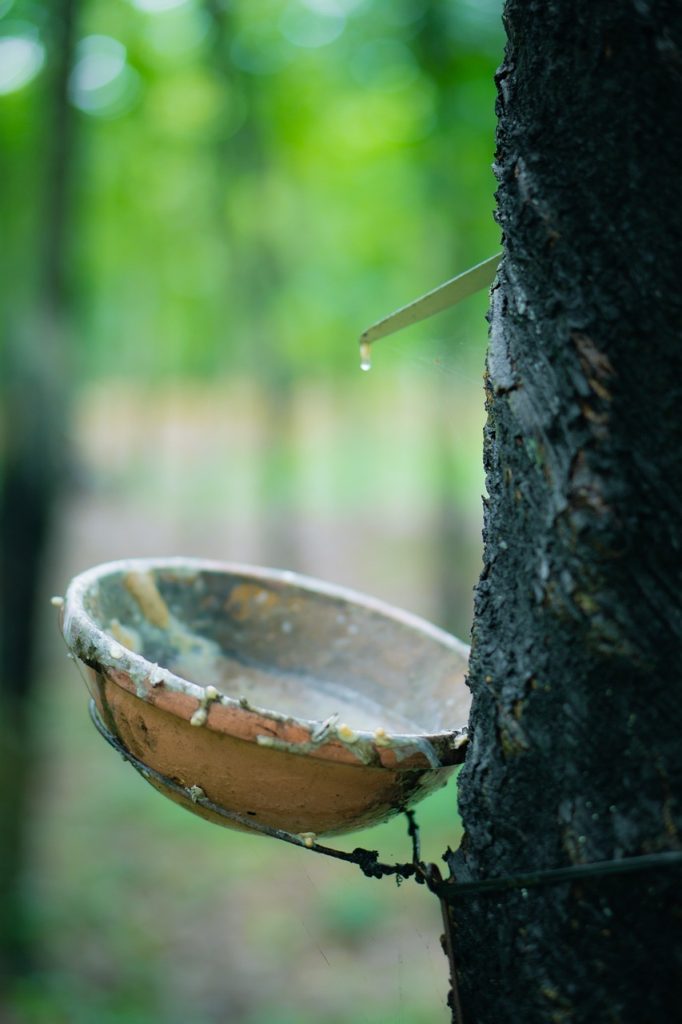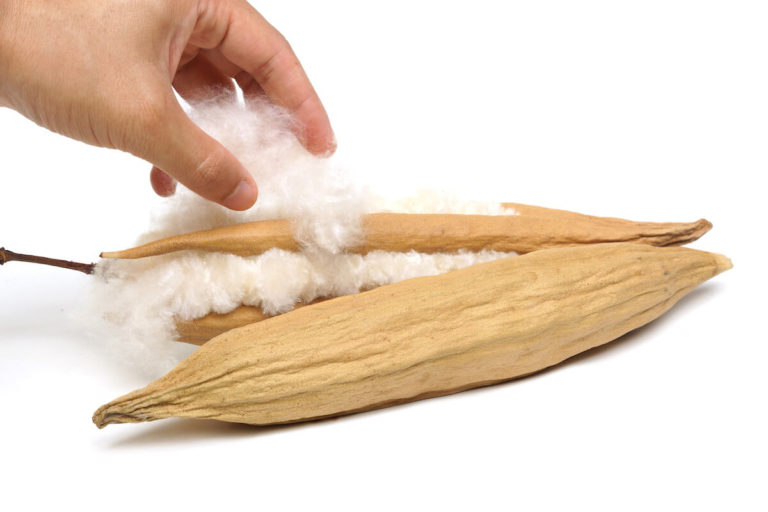Choosing the healthiest pillow is crucial because we rest our heads on it for 6-8 hours every night, and children even longer. That’s up to a third of our lives! The vast majority of pillows are either made from chemicals or have chemicals applied to them. If even the smallest, often unnoticeable, amount of chemical fumes escapes from the pillow, we inhale it directly into our lungs and from there into the blood to be dispersed throughout our whole body. Chemicals can also be absorbed through the skin. Over the hours, weeks and months this adds up to a significant toxic load. So what your pillow is made of is crucial to your health.
How does this happen? Chemicals become trapped in products during manufacture and they slowly release as harmful gases. This is known as ‘Off-gassing’. More specifically it’s gases and particulate matter (microscopic solids and liquid droplets that can be inhaled and cause serious health problems). Together these are known as VOCs (Volatile Organic Compounds).
Exposure to VOCs can cause a variety of health issues including, but not limited to, nausea, headaches, fatigue, skin and eye irritation, respiratory difficulties and more serious problems such as damage to the nervous system, liver, kidneys and even some cancers. They should be avoided at all costs.


